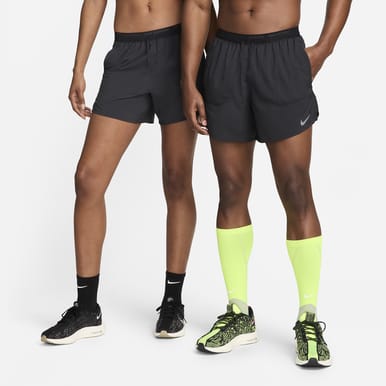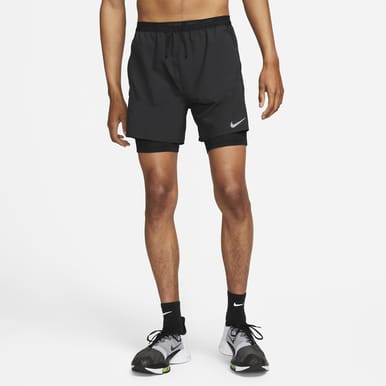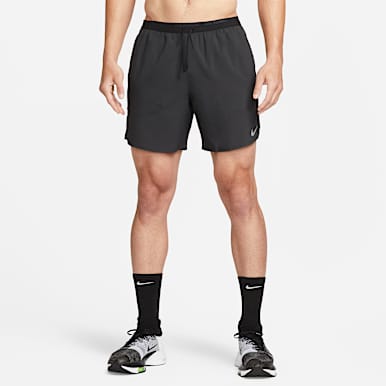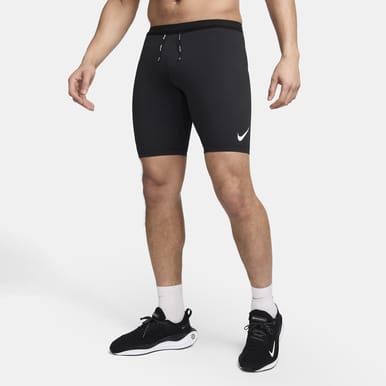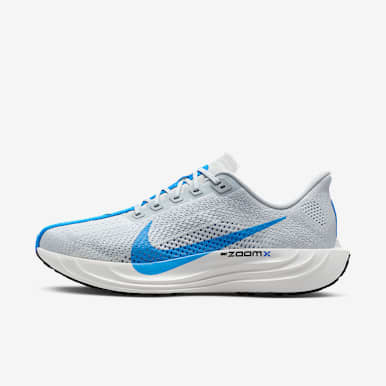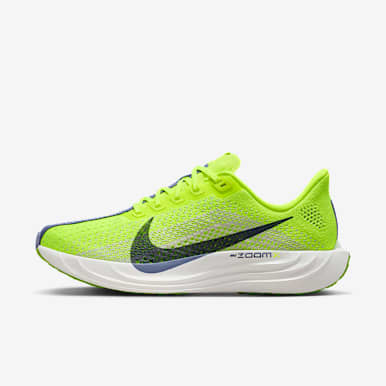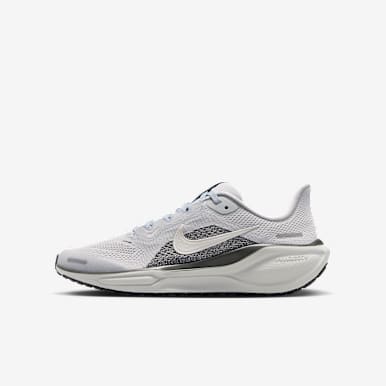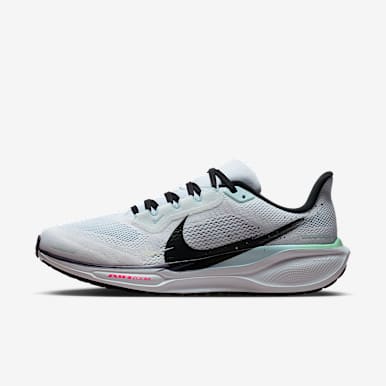What Are the Benefits of Interval Running?
Sport & Activity
Interval workouts can help runners build fitness, lose fat, improve their pace and can provide other benefits.

There's a time and a place for slow, steady-state runs. Other days, it's interval running all the way. Depending on which interval-running workouts you choose, you can focus on fitness, calorie burning, pace and other things. You name it, intervals can deliver it.
Now, here's what interval running is and what it can do for you and your workout.
What Is Interval Running?
Put simply, interval training calls for running at a certain pace for a period of time and then taking a break for a certain period of time.
"A common misconception is that interval running involves high-intensity intervals. Interval running can be done at fast, moderate or even at slow speeds", says Todd Buckingham, PhD, the lead exercise physiologist at Mary Free Bed Sports Rehabilitation in West Michigan about this type of training.
Four Types of Interval Runs
1.High-Intensity Interval Training (HIIT)

High-intensity interval training (HIIT) is a popular workout method. It offers science-backed benefits, including fat loss and improved cardiovascular fitness. To do HIIT, you alternate between short periods of high-intensity anaerobic running (80 to 95 percent of your maximal heart rate) and short periods of walking or light jogging. You can take your HIIT workout to the streets or track, or create a HIIT treadmill workout.
2.Fartlek

"Fartlek, which translates to 'speed play' in Swedish, alternates between running at various speeds over a given duration or distance", says Briana Williams, a New-York-City-based running coach certified by USA Track & Field (USATF).
You get to choose when to speed up—and by how much. However, you never actually stop to rest. This workout technique forces you to adjust your pace in ways that enable you to keep running until the time is up. This technique can help mid and long-distance runners improve their speed endurance, Williams says. Speed endurance is the ability to sustain near-maximal speed for an extended period.
3.Tempo Intervals

This training technique calls for running intervals at a pace that puts you at or above your lactate threshold (LT). When you go past your LT, lactate (a by-product of metabolism) builds up in the bloodstream faster than the body can absorb it. When this happens, your muscles burn too much to go on. By using tempo intervals in a workout, you can nudge your body to clear lactate from your blood at faster paces. It's best to work with a running coach to find your LT and come up with a tempo-interval workout that works for you.
Five Benefits of Interval Running
1.Builds Fitness
"When done right, interval running improves your fitness levels quicker than virtually any other type of running", says Jack McNamara, a certified strength and conditioning specialist (CSCS) and clinical exercise physiologist with TrainFitness.
The recovery period between bouts of hard effort helps your body get used to working at progressively higher intensities. And training at higher intensities will lead to greater cardiovascular fitness over time, McNamara says.
2.Improves Your Running Pace
Interval running often allows you to do more overall work at greater intensities than steady-state running. This helps quicken your pace.
For example, if your 5K race pace is eight minutes per mile, you probably wouldn't be able to go out and run 6K at that same pace. However, you could split 6K into intervals—say, 15 x 400 metres on the track or treadmill—and run each at your target pace, Buckingham says. As you improve, you can shorten your rest periods or extend the length of your intervals. Eventually, you'll be able to cover 6K at an eight-minute-mile pace.
3.Burns More Calories
The intensity of intervals means you burn more calories than you would during a steady-state run.
One study in the Journal of Strength and Conditioning Research compared the calorie expenditure of aerobic, resistance and HIIT workouts. HIIT emerged as the clear winner, burning up to 30 percent more calories than other workouts—even though the HIIT group only exercised for a third of the time the other groups did.
Intervals also eat up more calories after your workout is over. This physiological effect is known as excess post-exercise oxygen consumption (EPOC) or "afterburn". Because intervals demand so much effort from your muscles and cardiorespiratory system, your body has to work that much harder to recover afterwards. All of the work that goes into recovery increases your calorie burn to a greater extent than steady cardio.
For example, a 2014 study in Applied Physiology, Nutrition, and Metabolism reveals that men burned as many calories over 24 hours from a 20-minute HIIT workout as cycling for 50 minutes at a steady pace.
4.Adds Variety to Your Training
Covering a set distance at the same pace from start to finish can get tedious. But if you break up your runs into intervals of different speeds, inclines and durations, you can keep your body and mind engaged.
Plus, there are so many types of interval-running workouts for you to choose from that there's little room for boredom. "The way you introduce intervals into a training plan is really only limited by your imagination", Buckingham says.
5.Is Time Efficient
If you only have time for a short run, you can still score plenty of fitness and calorie-burning benefits with a quick HIIT workout. In fact, it's best to keep HIIT workouts short—ideally 15 minutes. If you go too long, the benefits of HIIT fade as fatigue sets in. After all, it's tough to sustain those intense bouts of running for prolonged periods of time.
How to Get Started with Interval Running
Many interval-running styles can be challenging, so newbies should take care. "High-intensity intervals will be a shock to the system if you've never done them before, and can cause more muscle damage than a normal easy run", Buckingham says. This means more soreness and a longer recovery.
Progress slowly by starting with a low number of repetitions and a short duration for each interval. Make your recovery intervals longer than your active ones. Once the workouts become easy, tweak one or two variables until you feel challenged again. You can…
Increase the number of intervals
Shorten the rest intervals
Lengthen the work intervals
Change your terrain and
Increase your speed.
It's also a good idea to space out your interval runs throughout the week. Consider doing two or three interval workouts (max) on non-consecutive days. You can use intervals on long runs, too.
Buckingham has all his athletes break their long runs into intervals with this formula: Run nine minutes at your normal pace and break for a one-minute walk. Repeat until you've reached your target time or distance.
Splitting up a longer run into segments not only gives your heart a breather, but it also offers a quick mental reset to help you stay fresh and focused in your workout.
Looking for more expert-backed tips? Download the Nike Run Club App!

Nike Run Club
Listen to the Guided Runs in the Nike Run Club App and run with some of the best coaches and athletes, like Eliud Kipchoge, Shalane Flanagan and Mo Farah. Our Guided Runs give you the guidance you need to listen to your body, adapt to your training plan and become your own best coach.

